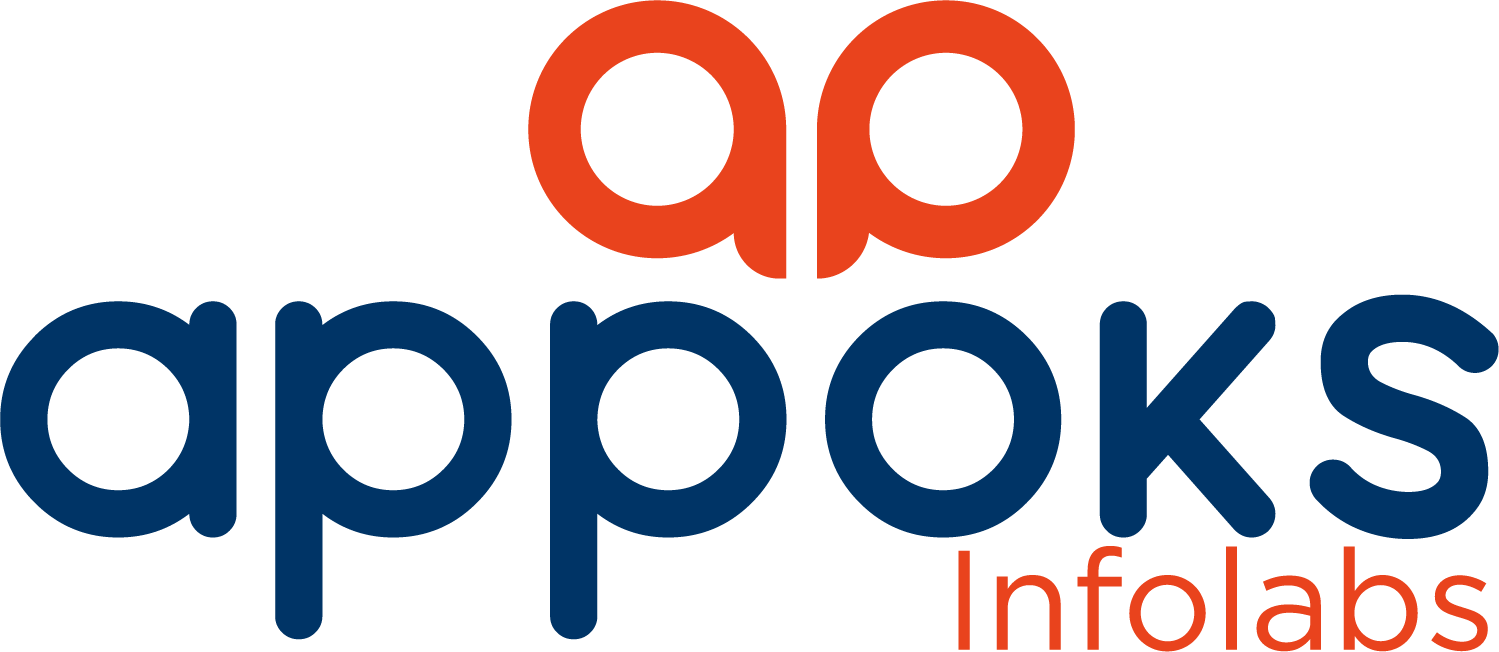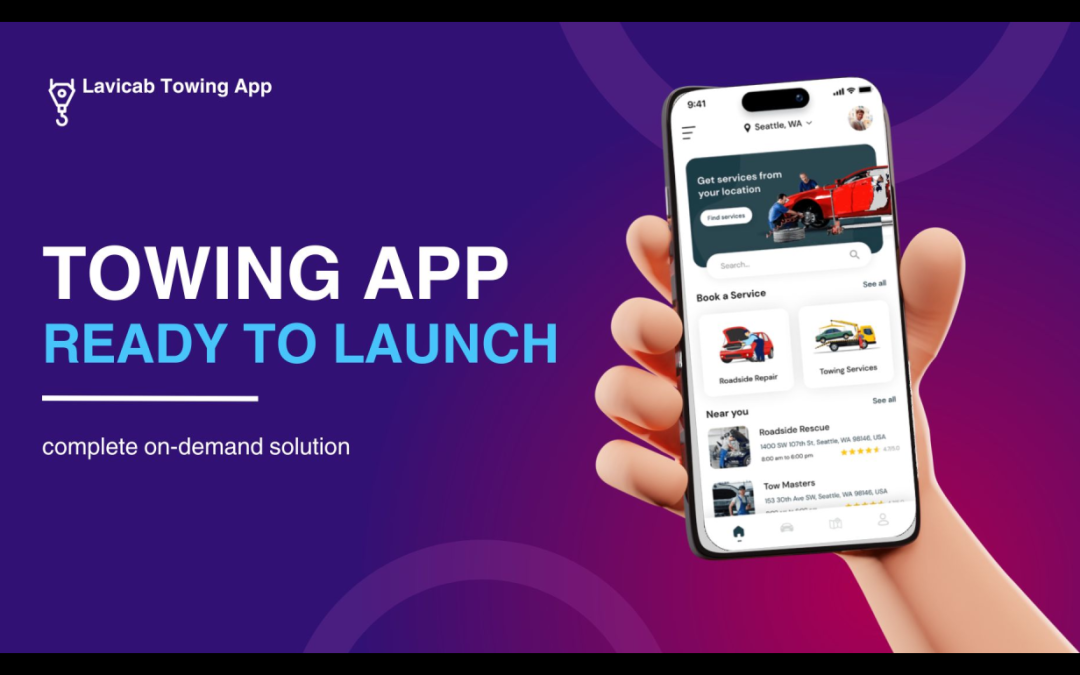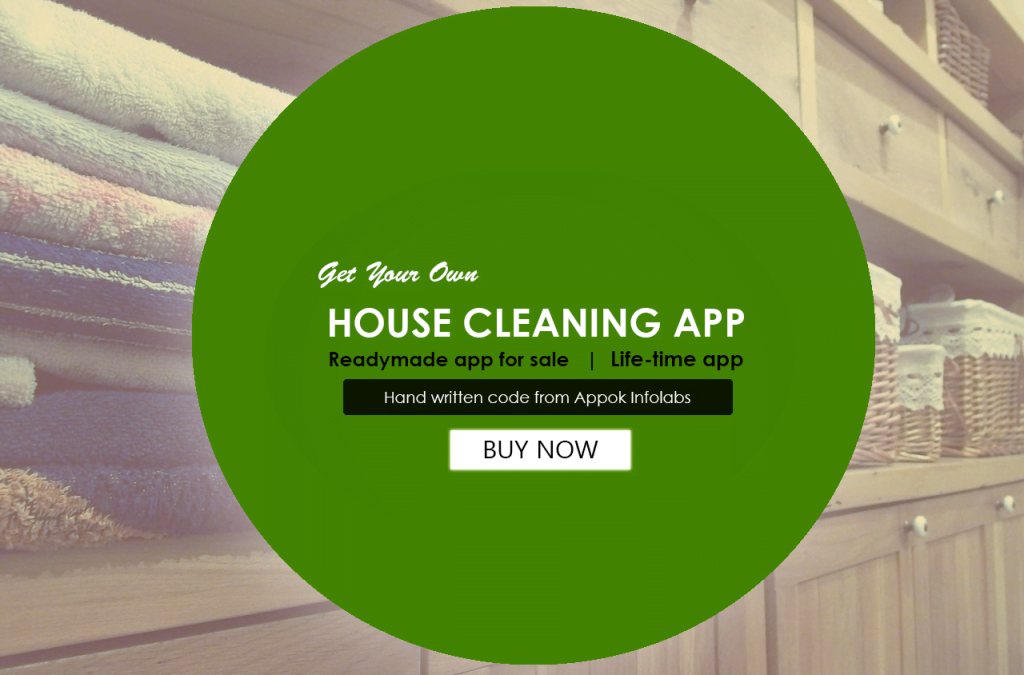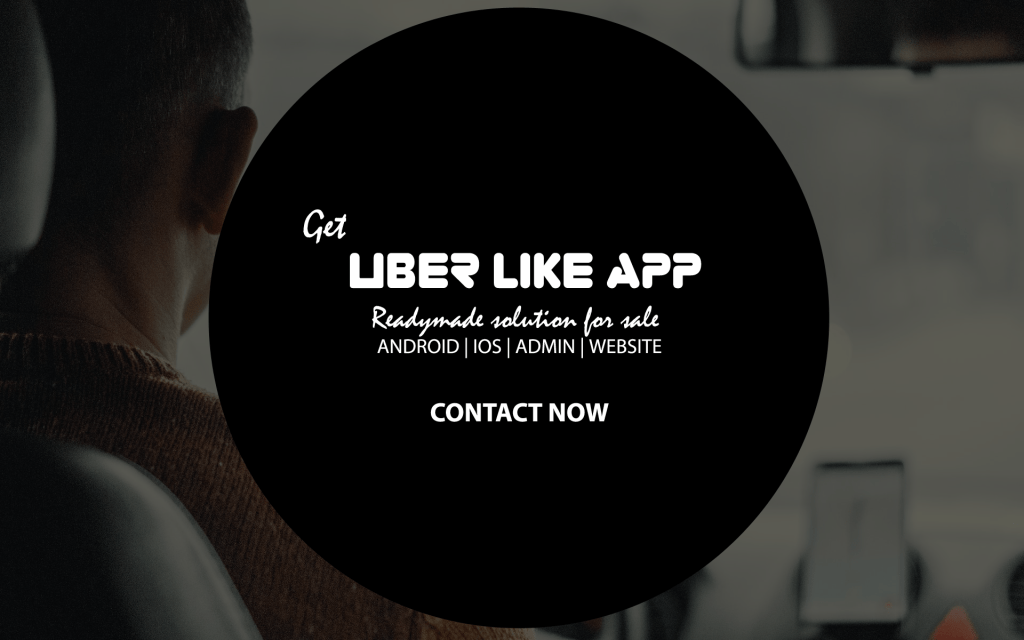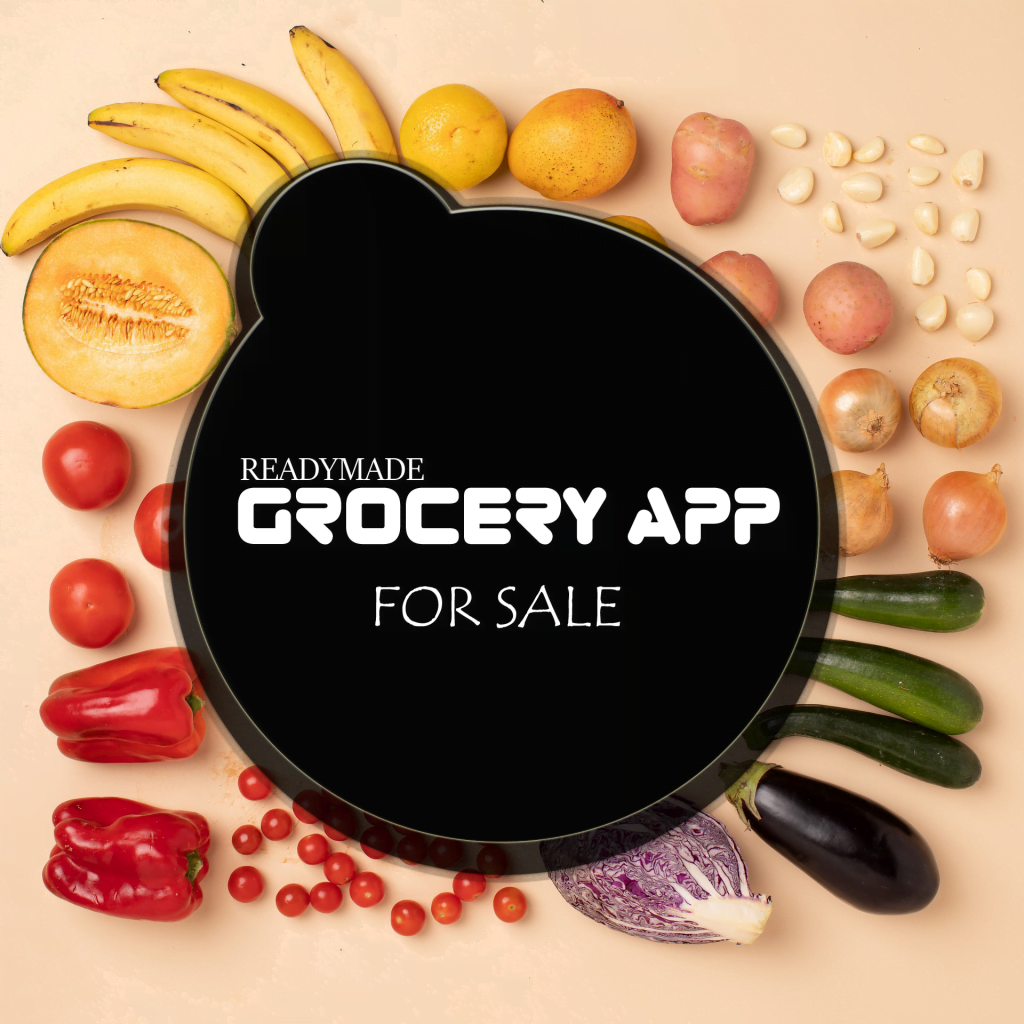Owning a roadside assistance app will always keep you one step ahead in the roadside emergency industry.
I specialize in building mobile apps for service providers who provide roadside assistance to stranded vehicles. The App will be robust and easy to use.
Using the latest technology, your app is sure to provide a pleasant experience for both towing truck service providers and customers.
I’ll incorporate features that will enable customers to broadcast their message of distress as quickly as possible. Whether it’s a flat tire, engine trouble, or a dead battery, the customizable roadside assistance app will empower users to request help with just a few taps on their smartphones.
The app will ensure seamless communication, efficient dispatching, and real-time tracking of service vehicles, guaranteeing prompt assistance when it’s needed most.
Our Native Android app is designed to provide seamless roadside assistance and towing services, with a powerful PHP Framework back-end.
Looking forward to maintain long-term healthy business relationship with you,
Key Screens and Features
1. Onboarding & Authentication
UI Elements:
- Splash screen with the Pronto logo and tagline.
- Phone number authentication with OTP verification.
- Social login options (Google, Apple, etc.).
UX Flow:
- User downloads the app.
- Welcomed by a splash screen with a “Get Started” button.
- Authenticates via phone or social login.
- First-time users set preferences (e.g., preferred vehicle type, delivery needs, or washing services).
2. Home Screen
UI Elements:
- Three main tabs: “Roadside Assistance,” “Delivery,” and “Washing Services.”
- Quick access to booking history, wallet, and profile.
- Real-time map displaying user’s location and nearby providers.
UX Flow:
- Users choose between “Roadside Assistance,” “Delivery,” or “Washing Services.”
- View a clean interface with minimal distractions.
- Tap on a floating action button (FAB) to initiate a request.
3. Service Selection (Roadside Assistance)
UI Elements:
- Icons for services: Towing, Jumpstart, Lockout, Tire Replacement, Fuel Delivery.
- Dropdown menus for vehicle type and service urgency.
- Text input for additional notes.
UX Flow:
- User selects the type of roadside assistance.
- Provides vehicle details and any extra instructions.
- Receives a price estimate and confirms booking.
4. Service Selection (Delivery)
UI Elements:
- Form fields for pickup and drop-off locations.
- Package details: type, size, and weight.
- Real-time price calculation and delivery options (instant, same-day, scheduled).
5.Real-Time Tracking Screen
UI Elements:
- Map interface showing the user’s location, service provider’s location, and estimated arrival time.
- Status updates: “En Route,” “Arrived,” “Service in Progress.”
- Contact button for direct communication with the provider.
UX Flow:
- Once a booking is confirmed, the user sees their provider’s live location on the map.
- Notifications alert the user to changes in status.
- Users can call or chat with the provider directly from this screen.
Developing apps for Roadside Assistance, Towing, and Mechanic services involves similar underlying frameworks but is tailored to the specific needs of each type of service. Here’s a breakdown of how each can be approached:
1. Roadside Assistance App Development
Core Features
- User Registration and Login: Phone number or email-based sign-up/login with OTP verification.
- Service Selection: Options for towing, tire change, fuel delivery, lockout assistance, etc.
- Location-Based Matching: Automatically detect the user’s location and match them with nearby providers.
- Live Tracking: Real-time tracking of service provider location and ETA.
- Secure Payments: Multiple payment methods, including cards, wallets, and blockchain.
- Service History: Users can view completed assistance requests.
- Ratings and Feedback: Users can review the service provider.
- Push Notifications: Alerts for booking confirmation, provider arrival, and service completion.
- Emergency SOS: Quick-access button for urgent assistance.
Technologies
- Frontend: Flutter, React Native, or Swift for iOS and Kotlin for Android.
- Backend: Node.js, Python (Django), or Ruby on Rails.
- Database: PostgreSQL, Firebase, or MongoDB.
- Real-Time Features: Google Maps API for geolocation and Firebase or Socket.io for live updates.
- Blockchain Integration: Payment gateways like BitPay or Coinbase Commerce.
2. Towing App Development
Core Features
- User App:
- Request towing services for cars, motorcycles, trucks, etc.
- Upload photos of vehicle damage for the provider’s assessment.
- Vehicle type selection for accurate pricing.
- Schedule towing service or request it immediately.
- Service Provider App:
- Accept or reject service requests.
- View job details, including vehicle type and location.
- Built-in navigation for optimized route planning.
- Admin Panel:
- Manage users and service providers.
- Monitor active jobs, reviews, and payments.
- Generate analytics reports on service performance.
Additional Features
- Price Estimation: Calculate costs based on distance, vehicle type, and urgency.
- Insurance Integration: Allow users to link insurance policies for towing coverage.
- Fleet Management: For towing companies to manage their fleet and driver schedules.
Technologies
- Fleet Management: Integrate APIs like Fleetio or Samsara.
- Geofencing: Set service areas using Google Maps or Mapbox APIs.
3. Mechanic App Development
Core Features
- User App:
- Browse nearby mechanics by specialization (engine repair, brake replacement, etc.).
- Request on-site mechanic services or schedule appointments at the garage.
- Maintenance reminders for routine services.
- Mechanic App:
- Profile with expertise and certifications.
- Manage appointments and provide status updates to customers.
- Real-time job requests with the ability to accept/decline.
- Admin Dashboard:
- Approve mechanic registrations.
- Manage customer feedback and service quality.
- Analyze demand trends and user activity.
Unique Features
- Diagnostic Tools: Integrate OBD-II scanner compatibility for vehicle diagnostics.
- Inventory Management: For garages to track spare parts and tools.
- Subscription Plans: Offer memberships for discounted services and priority bookings.
Technologies
- Vehicle Diagnostics: OBD-II APIs like Carvoyant or Vinli.
- Scheduling Systems: Use libraries like FullCalendar or custom-built solutions.
Common Development Process
- Requirements Gathering:
- Define user personas, workflows, and unique app features for each type.
- Design and Prototyping:
- Wireframes and UI/UX designs tailored to each service.
- Development:
- Build scalable, modular backends to support future growth.
- Create separate apps for users, service providers, and admin panels.
- Testing:
- Conduct unit testing, end-to-end testing, and user acceptance testing (UAT).
- Deployment and Maintenance:
- Deploy apps to App Stores and cloud servers.
- Regularly update apps based on user feedback and market trends.
Blockchain Integration
For all three apps, blockchain can be implemented for:
- Payments: Offer cryptocurrency payment options.
- Smart Contracts: Automate payments to service providers after service completion.
- Data Transparency: Store service records and ratings on the blockchain for tamper-proof auditing.
